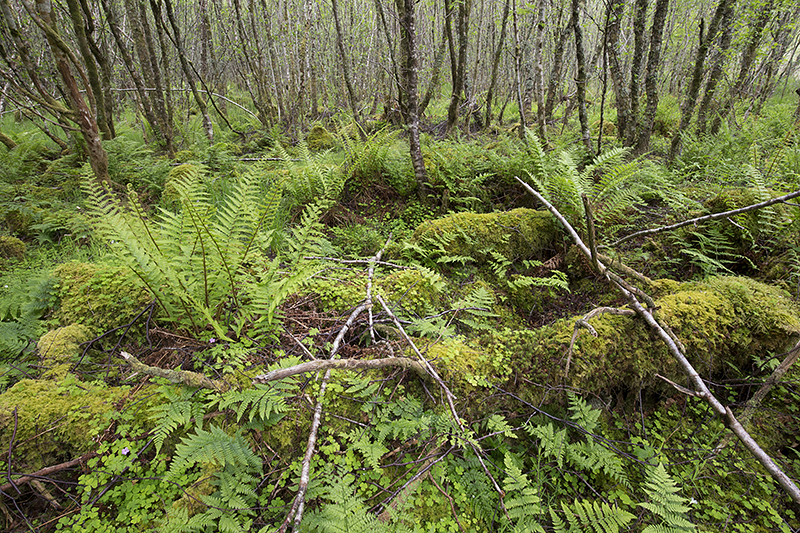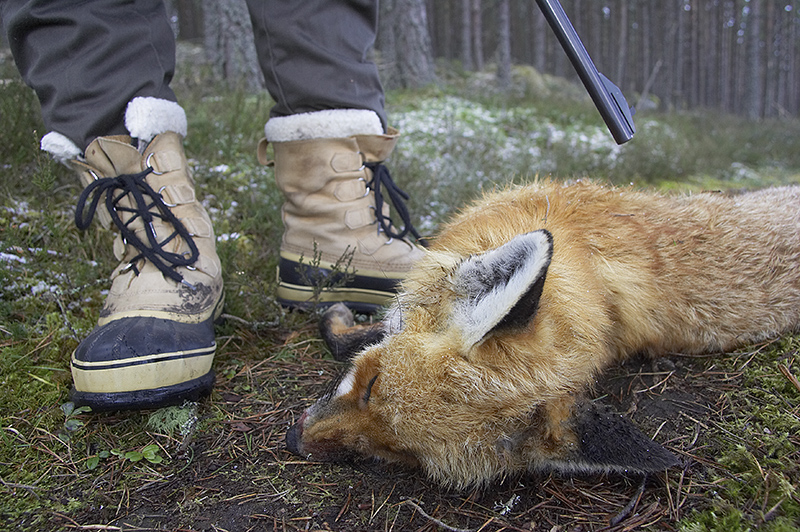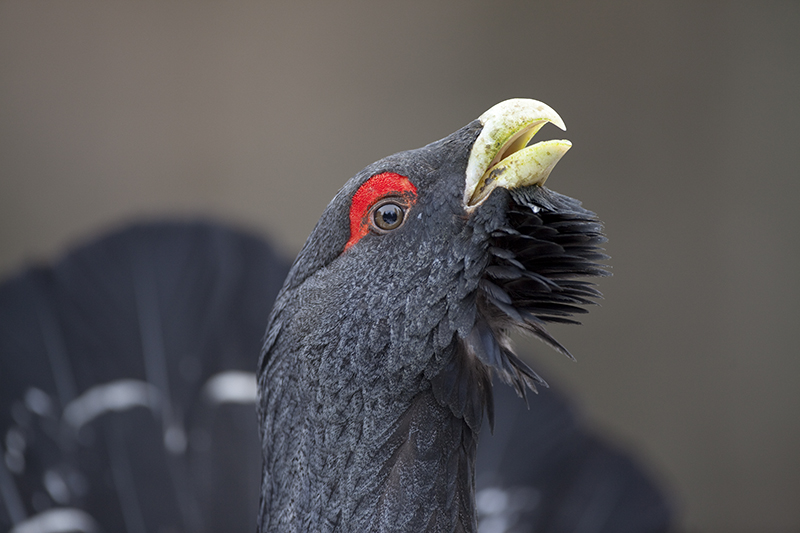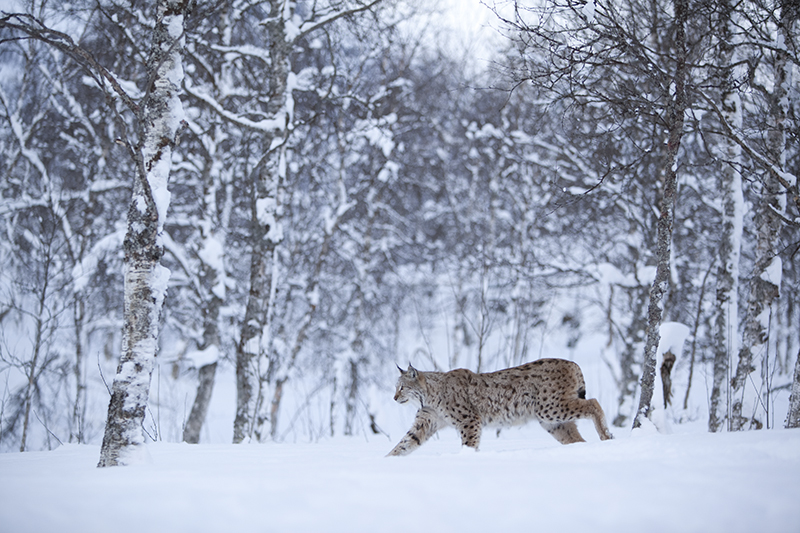BBC Wildlife’s recent list of the Top 50 Conservation Heroes made for interesting reading. It’s all completely subjective of course and but for what it’s worth, I thought most had a strong claim for inclusion. Others were more dubious choices and one or two made me really think hard (was anyone ever brought to justice over the hen harrier shooting on Sandringham Estate?) Then there were some very obvious omissions – Roy Dennis and Sir John Lister-Kaye to name but two.
I’m a Beaver Believer!
Rare. Elusive. Nocturnal. Aquatic. None of these words caused me to brim with confidence as I drove west recently in search of Scotland’s newest wildlife resident. Knapdale Forest in Argyll was chosen as the site for the Scottish Beaver Trial, a 5-year investigation into the impact of beavers on their habitat and their potential as a boost to rural tourism. Back in 2009, 16 beavers were brought from Norway and via a 6-month quarantine and various medical checks, were released into a number of freshwater lochs surrounded by willow, hazel, alder and oak.
Control and Contradictions.
Management. That word really gets me going. Land managers of all creeds are obsessed with it. Managing nature – that is selectively controlling which bits we want and which bits we don’t – has become an industry; careers and reputations are built on it. ‘Management’ is of course, a polite euphemism for ‘control’ and there are endless organisations that have at their heart, a constitutional objective to control; to exercise their dominion over nature.
The crime of acceptance.
In parallel with my job in nature photography, I’ve been a farmer for the last 20 years. Not a proper farmer you understand; not a paid up member of the NFU; no, I farm for wildlife on our humble plot of land in the Cairngorms. I’m a biodiversity farmer. I ‘produce’ nature – plants, trees, insects, birds and mammals. My next-door neighbour, a livestock farmer, doesn’t get it. He can’t see the ‘product’, the end result. He thinks our ‘unproductive’ patch of flood plain meadow and regenerating woodland is wasted. And yet in part at least, I farm for profit, just like him.
To share or not to share?
I read with great interest Laurie Campbell’s recent piece in Outdoor Photography magazine. In it Laurie describes the familiar dilemma of revealing to other photographers often hard-won sites of what can be, sensitive subjects. And Laurie is right, to share or not to share, is a dilemma.
LUMO: Once upon a time…
This post was published in the first issue of LUMO magazine and is reproduced here with the kind permission of the publishers.
I can’t comment for other working photographers but the Good Old Days when my phone rang regularly with big fat juicy commissions, the days when clients came to me almost waving a cheque in my face, they’re now gone and I know they’re not coming back. Gone too is the worth of charging around the planet cherry picking images of charismatic megafauna and blue chip landscapes. A quick search of Alamy’s online image library will reveal no fewer than 30,000 polar bear images and a similar number of Utah’s iconic Monument Valley. Does the world really need any more ‘hero’ images which whilst undoubtedly spectacular, lack context and impact? The digital era has changed everything and The Good Old Days are fast becoming just a distant memory.
Me Now.
During the run up to last years Scottish Independence referendum I grabbed a rare half hour with my 19-year old son to quiz him on which way he was voting. He was a resolute No. I naturally assumed he’d considered the wider implications of a No vote to public services; the consequences to social and cultural cohesion; the likely impact on the economy and perhaps even, what Independence would mean to Scotland’s environmental policy. I was wrong. It turned out that as a representative of Team GB in alpine sports, he liked the tracksuit. He was voting on the future of his own country solely on the basis of an item of leisurewear.
The box of believability.
Image processing: there’s a thin line between aspiration and desperation. The former sees a photographer pushing the boundaries of technology to expand, or improve, his/her style and the latter sees the same photographer crossing that boundary and free falling into a pit of ridicule.
Lofoten 2015
Any tour guide with even half a conscience will recognise the gut-wrenching feeling of lying in bed listening to the wind howling and the rain pounding outside. If it happens once or twice on a tour, the guests will likely sympathise but night after night and I start to stress. Arctic Norway is never going to be straightforward in winter and that’s why we go, but a constant near-gale south-westerly with all that it brings, isn’t good news.
The forest with no trees.
Four hours ago I was stood barely upright on Stac Pollaidh, one of Scotland’s most characterful mountains. Such was the ferocity of the wind at my back, I almost needed to crawl into the lee of the hill to gain some respite and a chance to drink in the spectacular views over Inverpolly Forest. Of course ‘forest’ is an ironic and misleading term as there is barely a tree to be seen for miles and miles…and miles.




